
Hide/Wildfire (DJ Sprinter Edit) – DJ Sprinter
this blog is GROOVY – check out great Soul, Funk, Jazz, Hip Hop, Bass, Breaks , Reggae, House n many more TUNES
Ah, rave! That euphoric explosion of electronic beats, colorful lights, and an unbreakable sense of community. Let’s dive into the vibrant history of this iconic music genre that has brought people together since its inception.
Rave culture first took root in the late 1980s and early 1990s, primarily in the UK. It was like a neon flower blooming amidst the gray backdrop of urban life. As acid house emerged from Chicago’s underground scene, British youths were swept up in its swirling rhythms and hypnotic grooves.
These gatherings were often secretive—think whispering friends passing notes about location changes—and everyone wanted to be part of this exclusive party club. You’d find makeshift raves popping up in warehouses, fields, or even abandoned buildings; anywhere that could fit a killer sound system!
You might think glowsticks are essential rave gear, right? Well, back then it was all about those simple finger lights! Kids would flash them around like disco stars until someone realized you can’t really see unless they turned them towards their faces—awkward!
As raving exploded into mainstream consciousness—cue happy vibes everywhere—the British government stepped in with some legal moves. Enter the Criminal Justice Act (1994), which aimed at curbing unlicensed parties but unintentionally made raves even more popular! Talk about reverse psychology!
While warehouses turned into clubs as DJs started holding scheduled gigs at actual venues—it became a full-blown industry with massive festivals sprouting up all over Europe. We went from breakout parties to Ibiza beachfront bashes where DJ sets felt like religious ceremonies.
Now let’s fast-forward to modern times featuring none other than Deadmau5; known for his epic mouse-head attire and killer tracks! Did you know his cat named “Meowsington” (like Mr. Meowsington) once altered one of his tweets? One minute he’d be promoting his new album and next—a random cat pic shows up instead!
As rave culture grew bigger (and wilder) through the ‘90s and beyond—it birthed sub-genres faster than you could say “two-step”! From trance to ambient techno to drum-and-bass, these genres twisted themselves around each other creating an ever-evolving tapestry woven with heart-pounding basslines.
Each style had its own vibe:
This wasn’t just music; it was an experience bursting with visuals that took art directions straight outta dream worlds!
Speaking of dance moves – Kaskade is known for throwing epic concerts filled with electrifying energy… but rumor has it he once tripped over his own feet mid-set while trying out a spontaneous dance routine during “I Remember.” He played it off flawlessly though—you gotta love DJs who turn fumbles into fab moments!
The late 2000s saw technology infiltrate everything—from production techniques to distribution methods for tracks hitting platforms worldwide within seconds. Everyone got fruity loops on their computers spawning bedroom producers left-and-right making waves alongside well-known names.
And then came streaming. No longer did we have awkwardly shuffled mixtapes passed between pals—we had Spotify playlists taking shifts through our lives blasting tunes while we vibed hard through commutes or casual hangouts.
Skrillex… he’s practically royalty when discussing dubstep! But check this out—his hair deserves its own biography! Starting off slick-haired as Sonny Moore before opting for wild black spikes—he literally transformed external looks along with internal sounds creating EDM legends throughout til’ today!
From sultry desert sunsets at Coachella to dreamy nights under the stars at Tomorrowland—the global festival scene now embraces collective unity fueled by electric euphoria soaring higher year after year thanks largely due emerging artists rising rapidly overnight sometimes based simply on viral TikTok fame—or just getting discovered due one banging remix captivating listeners everywhere worldwide connecting across cultures—that’s what it’s about baby!!
Can’t deny there are bad apples too—but overall raving has paved ways towards inclusiveness – oh yeah—even countries who thought soft rock jazz ruled hearts found strangers together vibing hard among thumping beats mellow highs amongst thousand smiles shared under brightest moonlight …
So here’s raising your glowstick high cheering every beat-drop melody spinning stronger tonight because regardless where life takes us if there exists love alongside friendship bonded beneath endless twinkling skies – well you’ve already entered ultimate nirvana joyride worthy enough bonding moments keepsake etched forever inside memories pure groove zone filled laughter perhaps sharing hilarious tales later ’round campfire reminiscing past adventures done right…
This is rave—a timeless celebration igniting passion deep within humanity that’s sure never going away any time soon!

Hide/Wildfire (DJ Sprinter Edit) – DJ Sprinter

Stubborn (Ft. IYAMAH) – dj zinc
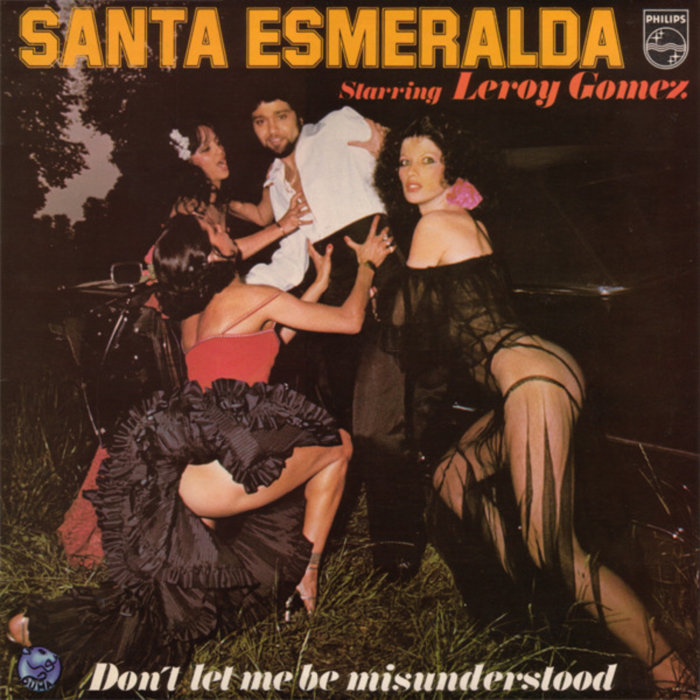
Don't Let Me Be Misunderstood (Captain' Baile Edit) – Ahoy – Captain' Edits

The Lunatics (A Clinic Full Of Cynics Dub) – Radio Slave
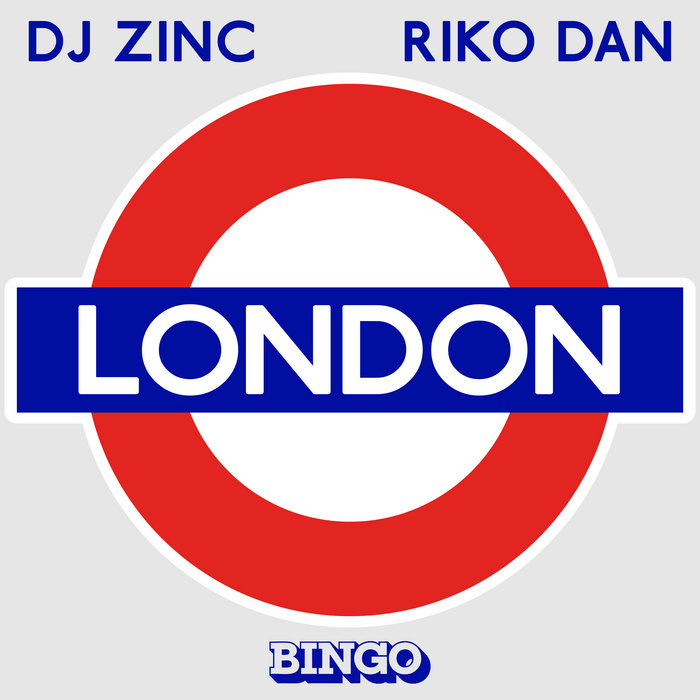
London (with Riko Dan) – dj zinc
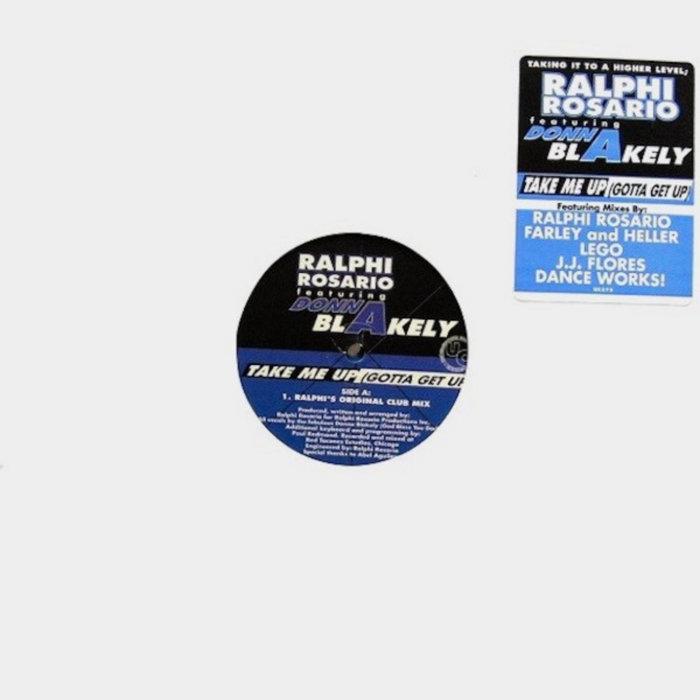
Take Me Up (Cap’ The Key To My Salvation Edit) – Ahoy – Captain’ Edits

Ready or Not DJ Zinc remix (Fugeez or Not) – dj zinc
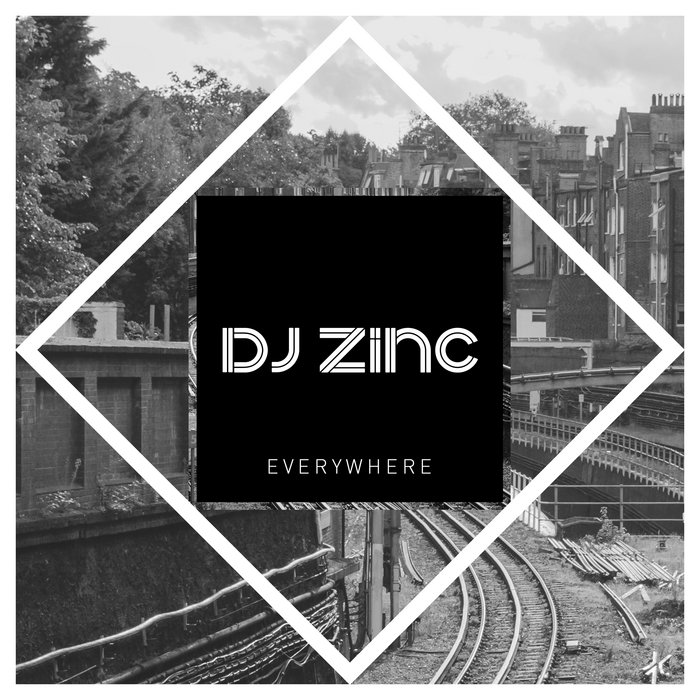
Everywhere – DJ Zinc
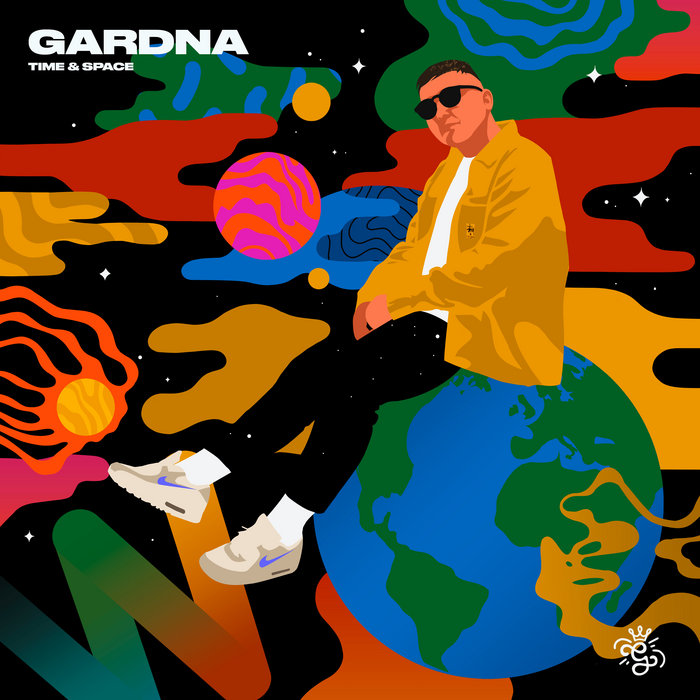
R.A.V.E.A.S.A.P (ft. DRS) – Gardna
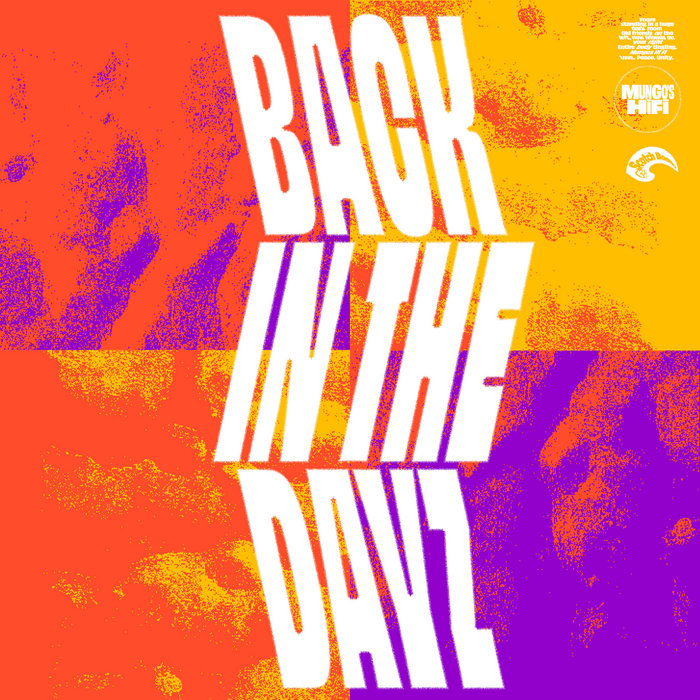
Back In The Dayz – Mungo's Hi Fi